Fence posts: varieties and installation work
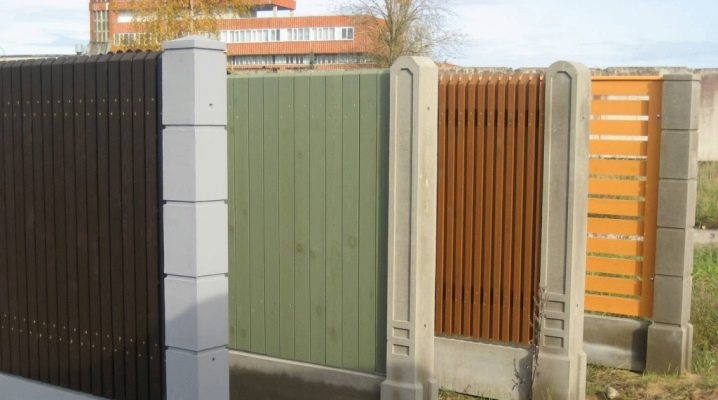
Massive solid fences are needed to hide privacy from prying eyes and the elements. Decorative models, on the contrary, are designed to maximize the gaze of beautiful buildings, decorate them, only slightly denoting the boundaries of certain possessions. In either case, they could not function without reliable supports in the form of various types of pillars and posts. Therefore, even at the planning stage of the fence, it is important to determine which option is right for you and how practical it will be.
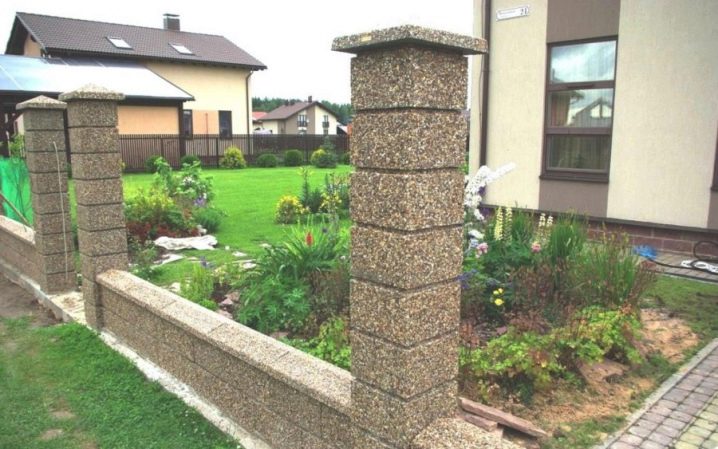
Peculiarities
One of the important characteristics of supports is the ability to withstand heavy loads, which depends on the following nuances:
- The climatic, geological and geodetic parameters of the area are of great importance: natural phenomena (wind, rain, seismic conditions in the area), processes occurring inside the soil (subsidence, resistance to freezing), the proximity of groundwater. Since a person cannot influence them, and it is very difficult to change them, it remains only to take them into account when choosing the material, shape, type of pillars and a place suitable for their placement.
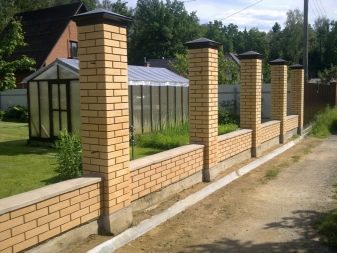
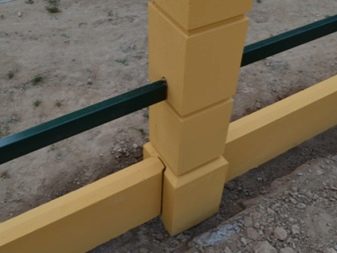
- The weight of the attached structure must not exceed the maximum permissible. This indicator depends on the estimated distance between the posts and the height of the future fence.
- Much depends on the location. When hanging a gate, wicket or door, special attention should be paid to the installation method and the safety of the fasteners.
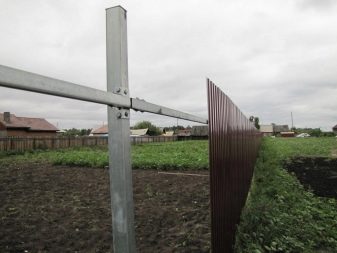
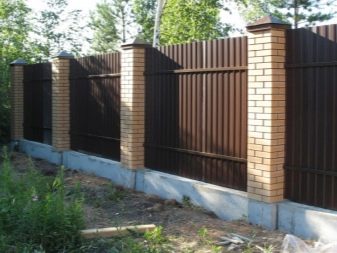
Other important characteristics of fence supports are:
- Strength.
- Versatility. Compatibility with different section materials.
- The ability to use different mounts (except for welding).
- Ease of installation and convenience of delivery (since the involvement of specialists entails additional costs).
- Long service life and no additional costs during it.
- Accessibility (for different segments of the population).
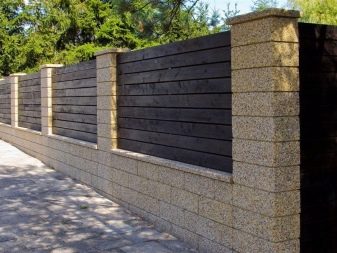
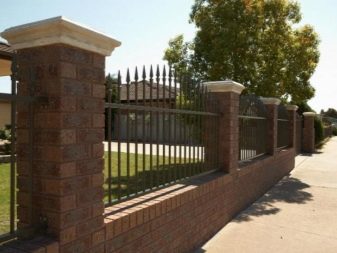
Views
All pillars, depending on the material of manufacture, can be divided into the following types.
Metallic
They are pipes or profiles. The package usually includes a headband, tips, plugs, straps for fastening. They differ in thickness (cross-sectional size) and shape (can be round, square and rectangular). The thinnest (5 cm) are designed for fences made of chain-link mesh and other sheet materials. Racks with a greater thickness (up to 10cm) support the weight of the forged sections.

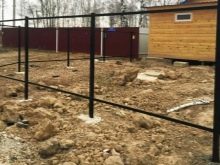

Stone
Such supports can be made of artificial stone (bricks, cinder blocks, foam blocks) or natural (pebbles, sandstone, dolomite). When choosing natural stones, you should pay attention to their surface and strength. As a rule, a metal rod is placed inside for reliability.
Natural stones are laid out only on the outer layer.
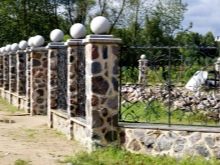
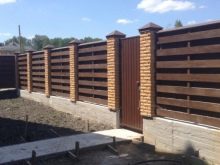

Wooden
When choosing beams or logs, pay attention to how well they are dried, since damp wood can delaminate or become moldy and start to rot. Naturally, this option will not last long, even if you take good care of it.
Strength is also affected by other defects, for example, branches and areas affected by insects.
Typically, wood species such as oak, birch, larch, pine are taken for the fence.
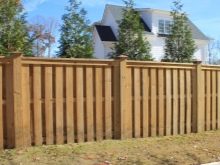
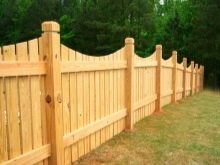
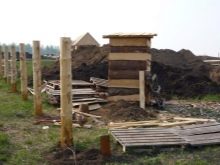
Reinforced concrete
As the name implies, they are made of concrete reinforced with an iron profile.This type of support can be made independently by mixing concrete with sand or purchased ready-made (from a special high-strength and frost-resistant composition).
Reinforced concrete pillars can be monolithic or prefabricated (their parts are connected on the spot and can significantly save time for the construction of the fence).
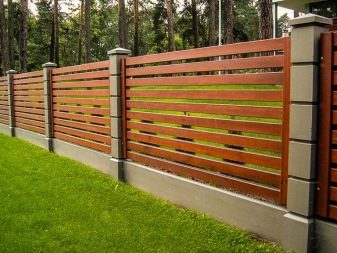
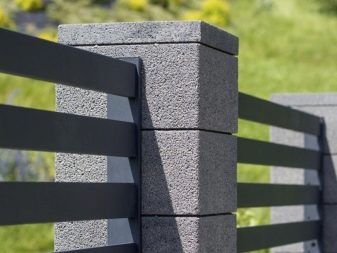
Asbestos
The most affordable option for pillars. Their variety is asbestos-cement. They are produced in the form of round hollow pipes with an inner diameter of 10 cm. The thickness of the material itself is 1 cm. It is imperative to purchase plugs to prevent water from entering.
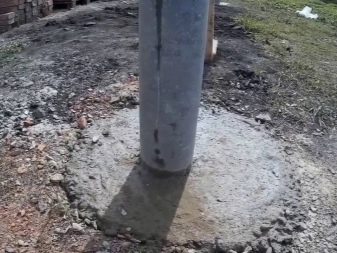
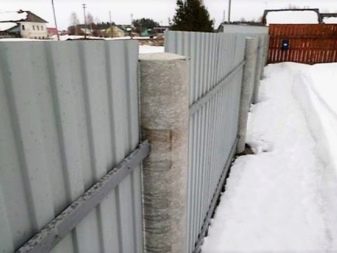
Plastic
Often from plastic, since this material is not very durable, special pix-panels are made, which are used for the outer layer of the supports. They are attached to profile iron posts, while protecting them from the effects of natural forces and providing a presentable appearance.
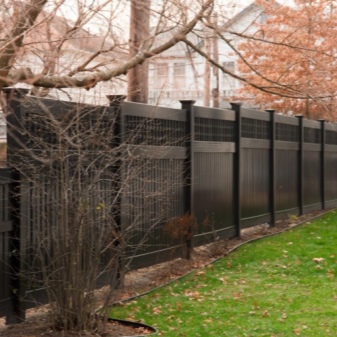
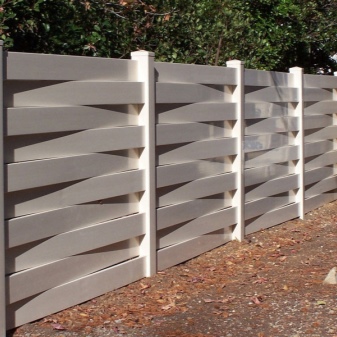
Which is better?
Of course, each type of support has its own advantages and disadvantages. The same plastic, with its convenience, versatility and ease of installation, although it creates an imitation of a brick pillar, but never beats it in strength.
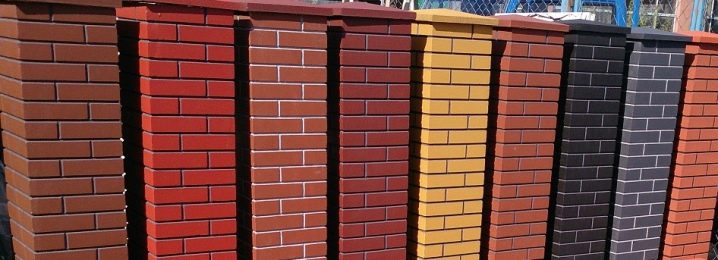
Stone products have other advantages, for example:
- Durability.
- The huge amount of cladding materials provides a pleasant appearance.
- During operation, they practically do not require repairs.
- They can be made with your own hands, showing not only skill, but also creative qualities.
- Flexible pricing policy - in case of a shortage of funds, you can choose a cheaper type of stone or use artificial options.
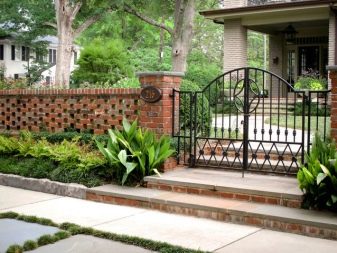
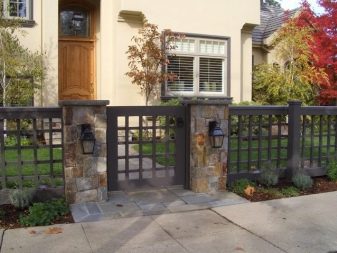
In terms of reliability and long service life, reinforced concrete products are similar to them. However, their heavy weight, which must correspond to a massive base, makes them more costly to install.
And in this case, self-production will take much more time.
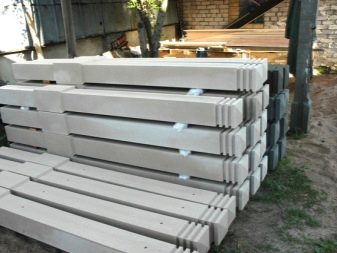
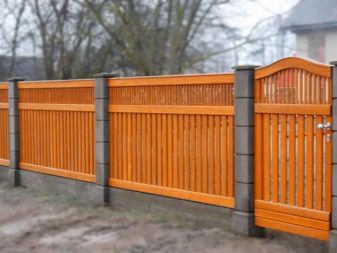
Metal posts are not suitable for all fence options. The density of the material to be hung must not exceed their own.
In addition, they need special processing, just like wooden ones. Only the right protection will protect them from corrosion and decay. Used ones, such as tubing, must be reprocessed.
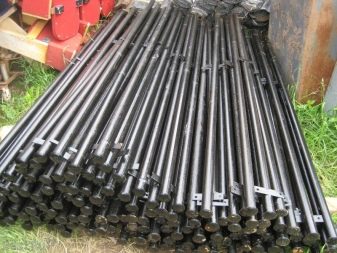
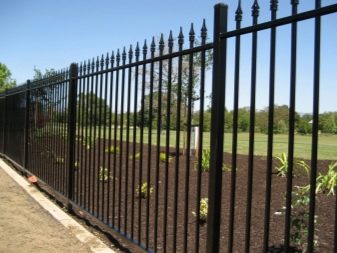
Poles made of asbestos and cement are fragile enough and require careful installation.
But on the other hand, they do not need to be looked after, and they only become stronger from water. Their price is more than democratic.

How to choose?
In addition to financial capabilities, assessing their strength during installation and characteristics of the material, the choice is influenced by the condition, type of soil and the depth of the sewage and groundwater. The most favorable for the installation of supports is rocky ground. Due to its hardness, it provides stability and stability to any structure. The water inside such a reservoir practically does not move, therefore, there are no such problematic processes as erosion, subsidence and swelling.
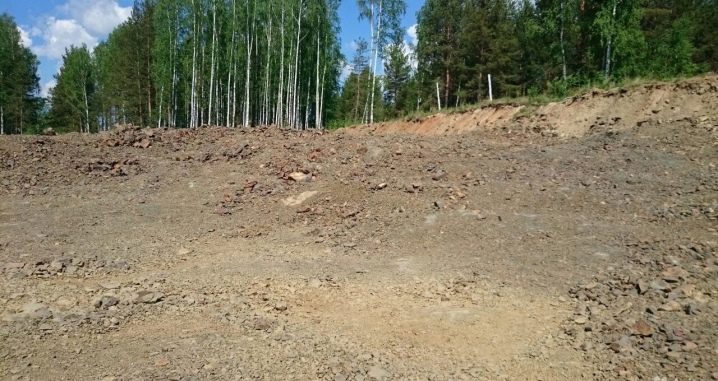
The sand does not retain water and practically does not freeze.
Difficulties can arise only with the fact that such soil crumbles and can sag under the weight of the fence. To prevent this from happening, you need a broad base.
The most difficult situation arises when it comes to clay soil, which contributes to the accumulation of water in it. So that it does not come into contact with the support, a kind of cushion of rubble is made under it. Air accumulates in it, so it does not freeze and cannot affect the post in any way.
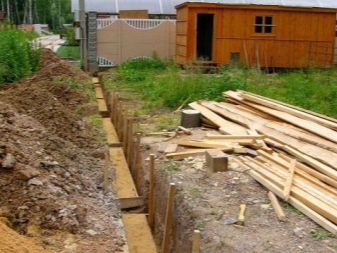

There is another pattern according to which heavy materials, for example, reinforced concrete, cannot be used for loose soil, if it does not have a wide and dense foundation. All these subtleties must be taken into account even at the stage of acquiring and drawing up a project for a land plot, because not all ideas can be implemented.

Markup
Directly on the site, in accordance with the layout, it is necessary to mark how the future fence will be located.
- To do this, you need to have a cadastral plan on hand and discuss in advance how the fence will run with neighbors in order to resolve all problematic issues before starting construction.
- All segments of the fence are divided into equal intervals. In this case, it is necessary to build on the size of the components for the sections, since not everywhere is not a standard possible. In any case, this distance should not exceed 2.5 m. This value is directly proportional to the height of the fence.
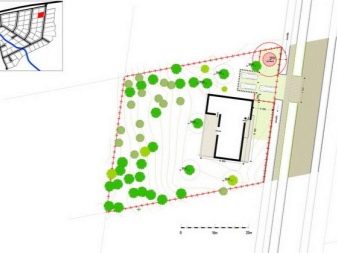
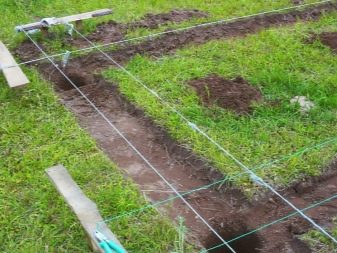
- All measurements must be accurate and calculations should be double-checked. Firstly, it will save you from additional expenses, and, secondly, if you order transverse strips of a ready-made length, their parameter may not be enough. When performing all construction work on your own, you need to take materials with a small margin in order to be able to fit the components to each other.
- At the corners and at the entrance at the gate, pegs are driven in, between which a fishing line or rope is pulled. Its position must be taken into account when digging or drilling holes and setting blanks. If the distance between the pegs is large, you can use intermediate pegs, which indicate the location of the future pillars.
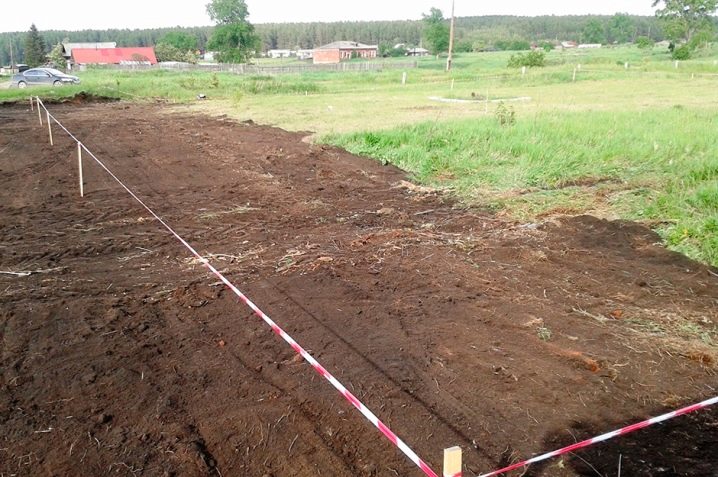
Mounting
Metal poles have the most installation methods. The main ones are the following.
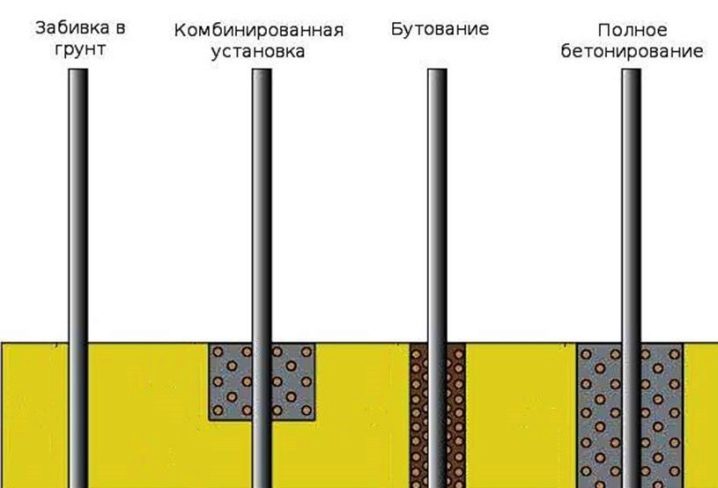
Screwing
For this mounting method, the post must have blades or threads. Sometimes screw piles are used with a flange to which the top is attached. Pile supports are suitable for any type of soil, even with a high level of freezing, since unevenness contributes to anchoring and, at the same time, the structure of the soil is disturbed to a lesser extent.
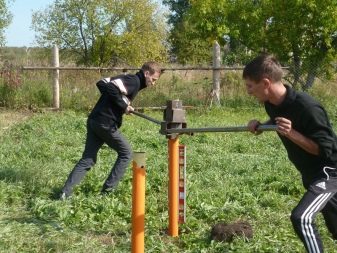

Hammering
It is carried out in two ways - manually (you can hammer with a hammer or sledgehammer) and special devices. It is easier to dismantle such a support leg.
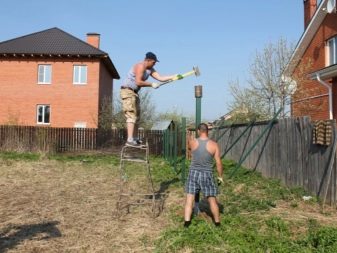
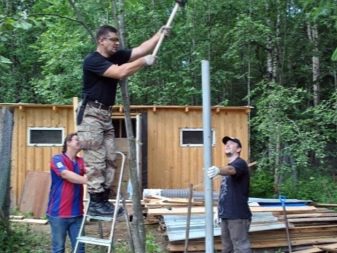
Buzzing
In the course of this process, crushed stone, gravel, sand, broken brick, ASG are poured into a wide hole. The first layer will serve as a support, therefore, like all subsequent layers, it should be carefully tamped. A pillar is placed on the bottom layer. As you fall asleep, you need to make sure that it does not deviate from the vertical. You can alternate layers of rubble with sand or other materials. This method is also called dry concreting, since the top layer is covered with cement and watered with water. The thickness of each step is about 20 cm.
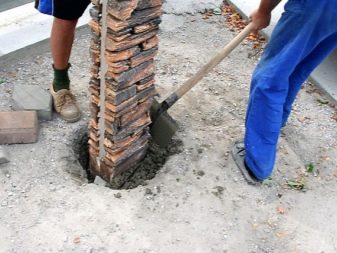
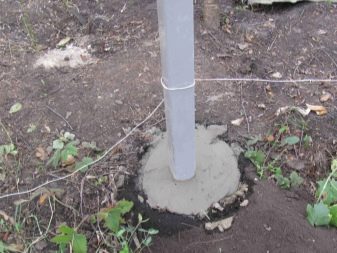
- Full concreting involves initially backfilling the gravel layer, tamping it, creating the formwork and pouring concrete into the rest of the space.
- The combined method includes several stages:
- Digging a hole 2/3 of the estimated depth.
- Driving the post in such a way that its lower edge is 30 cm below the pit.
- Backfilling of rubble stone.
- Top layer concreting.
As a rule, a metal frame made of rods or pipes is installed inside each stone pillar, therefore, holes for them are drilled in the foundation for the fence.
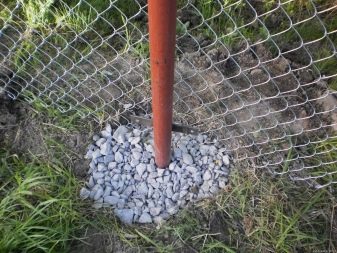
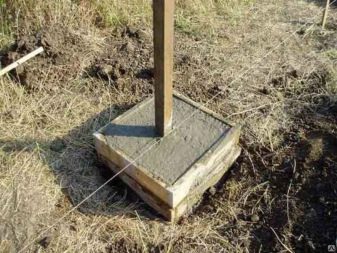
Reinforced concrete racks are installed:
- Concreting method.
- On a wide base (this option provides for a tape mounting method).
Asbestos poles are placed on the foundation, and are also installed without cement (using holders). All holes can be drilled by hand with a drill, a special machine or dug out with a shovel.
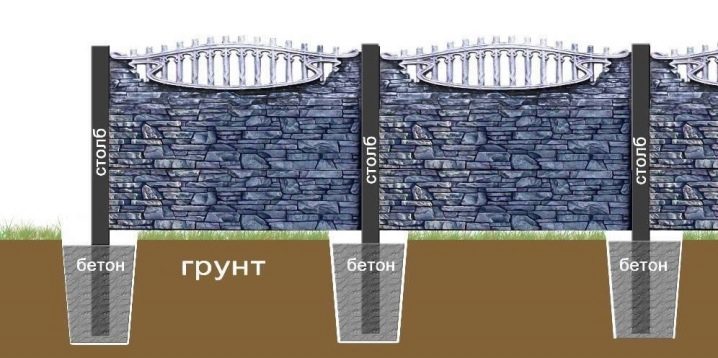
How deep to bury?
Even at the design stage of the land plot, an estimate is being drawn up, in which the amount of materials and their cost are prescribed. In accordance with the parameters of the fence, which are indicated in the project, and an order is formed for materials of one size or another, including support posts.
Their height is calculated by adding the following values:
- Fence heights.
- The level of soil freezing.
- Increases for stability.
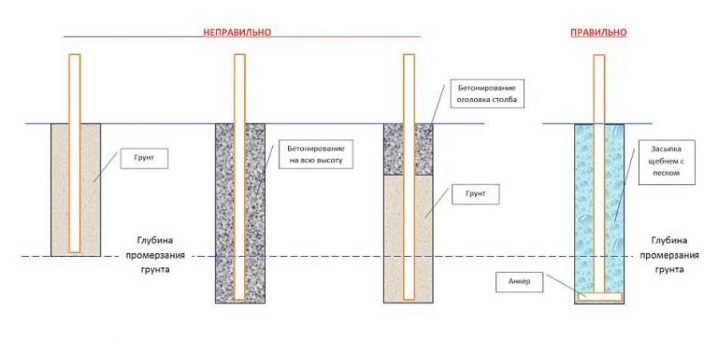
Why is the indicator of how much the soil freezes in winter is important? The answer lies in her ability to bulge.
The ideal option is a situation when the groundwater is below the level of soil freezing and is not affected by any ground structures. If the waters freeze, they expand, creating pressure from below on all objects immersed in the soil. Such a post runs the risk of being pushed out, leading to the destruction of the fence.
An additional increase of 20-30 cm is necessary in order to reduce the pressure on the base and reduce the associated risks. These numbers, like other geodata, are important to get at the planning stage. They are important not only for the installation of a fence, but also for construction, placement of communications.
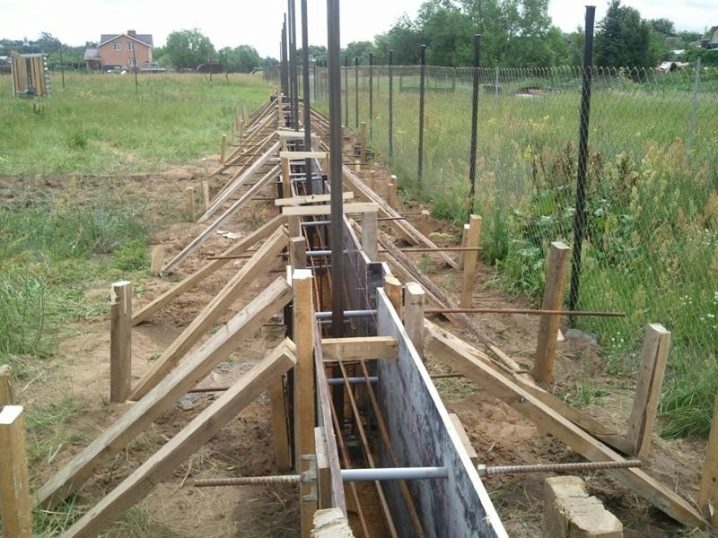
If this indicator is not available, you can simply observe the following proportions:
- The depth of the underground part must be at least one third of the total length of the column. For example, if the height of the fence is 2 m, then the racks must be deepened by at least one meter and the total length of the product will be 3 m. This value will help save money. Since metal pipes are produced with blanks up to 10 meters long, it will be more profitable to purchase it as a whole and cut it into the parts you need.
- Under the strip and other type of foundation for the fence, a trench is dug with a depth of 30 to 80 cm (depending on the weight of the fence and climatic conditions). The pressure in this case is compensated by an increase in the width of the base. However, sometimes a deeper deepening is drilled directly under the pillars. Failure to comply with these conditions can lead to cracks in the base, pillars and sections, as well as their collapse.
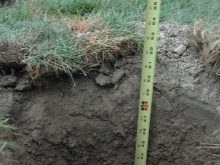
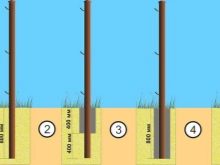
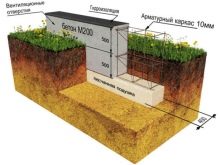
Can I flood in winter?
Most construction projects, especially if they are carried out independently (without experience in this area), are suspended with the onset of cold weather. This is due not only to convenience, but also to the fact that low temperatures interfere with some construction processes.
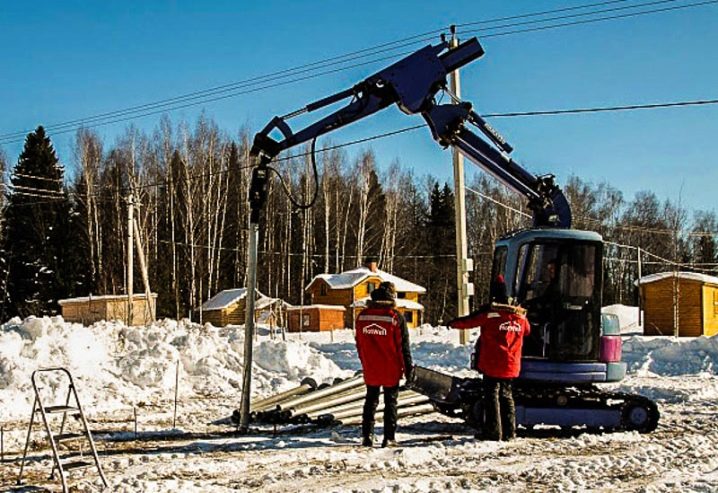
When concrete is poured, the time for which it acquires hardness increases. This is due to a slowdown in the process of evaporation of water.
You can accelerate these conditions with:
- Use of special formwork made of heat-saving materials.
- Salt and modifying additives.
- Heating the solution.
- Purchase of more expensive cement with improved characteristics.
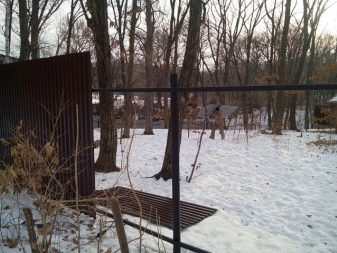
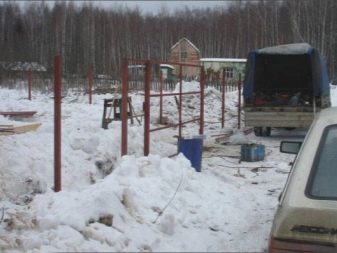
Let's make a reservation that all these works can be carried out in conditions of a slight cold snap (according to some sources, up to 5 degrees below 0). If the object is located initially in a cold climate, then such conditions, on the contrary, will be more favorable.
The advantages in such a situation will be:
- Cost savings due to seasonal price reductions for building materials and labor.
- If the soil contains a lot of sand, then the installation of the fence will be even more convenient, since it will not crumble.
Among the disadvantages, in addition to the increase in the curing period and the cost of equipment and additives, it can be noted that any non-compliance with the technology or a sudden drop in temperatures will lead to defects.

Treatment
For some types of poles, the service life can be significantly increased by processing with special means.
- Metal products in production are coated with polymers or galvanized. Directly on site, their surface is treated with bitumen mastic. These precautions protect against metal oxidation by water or soil contaminants.
- The tree needs not only protection from moisture, but also from insects. For this, impregnations are used, which include substances that repel pests.
- Concrete structures, asbestos-cement and plastic posts do not require special processing.
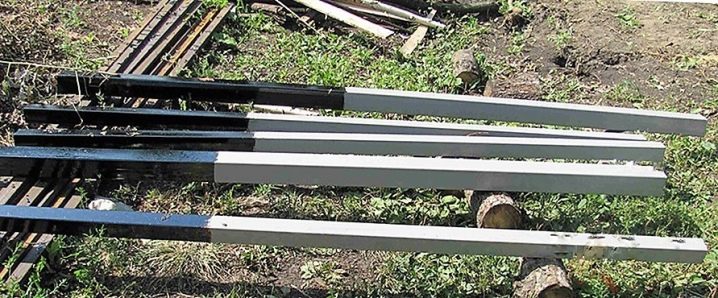
In addition to its practical qualities, the coating can seriously improve the appearance of the pole. Metal decoration consists in painting with enamel for metal or varnish. Before applying paint, the surface must be cleaned of existing traces of corrosion, degreased and primed.Finishing with facing bricks or false panels allows you to create pillars with imitation of different types of stone and other natural materials.

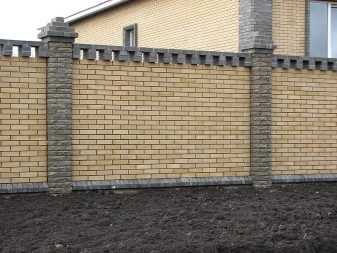
The decoration of solid wood, like any other natural material, is its texture, a special woody pattern of annual rings and fibers. The color can be accentuated with a stain or varnish. Due to the fact that they lend themselves well to processing, carving or giving rather unusual shapes is possible.
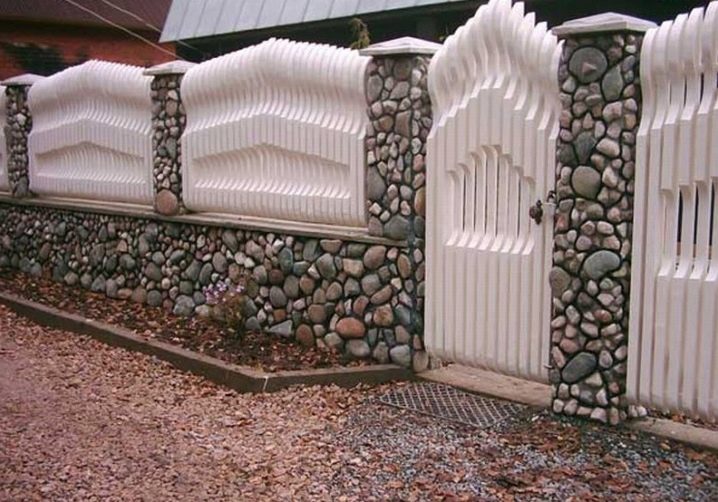
Successful examples
In order for the fence to look beautiful, it is not necessary to resort to the services of designers. By showing their creativity and imagination, anyone can create an idea for an unusual design. Even a simple asbestos pole can look bright. To do this, you just need to pick up the paint and the original top.
In addition to the support function, the poles can replace street lamps. The main thing is to find a suitable niche for the lamp.
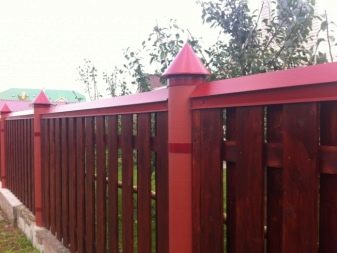
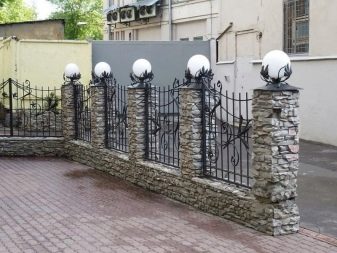
The traditional wood version with a modern 3D effect will become a local landmark. A feature of this kind of fences is the creation of volumetric figures based on a picket fence or the interweaving of longitudinal and transverse rods made of metal, plastic or solid wood.
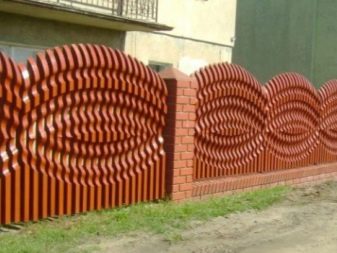
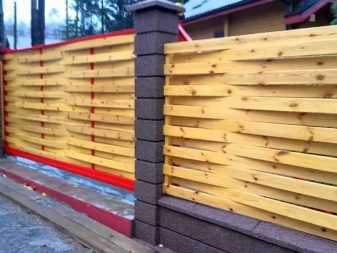
A fence made of corrugated board is able to hide supports in the form of pipes - they will be visible only from the inside.
Block pillars will be noticeable in any case (because of their parameters), so they can be accentuated by choosing a contrasting paint and texture in relation to other parts of the fence. Pillar blocks can be of unusual shape.
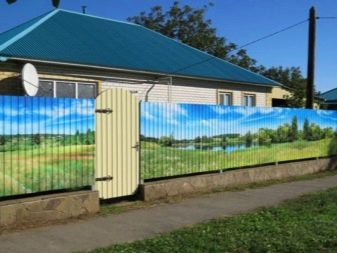

Recently, it has become fashionable to install an eurofence. It consists of interconnected concrete pillars with grooves and sections. Facing spans can be in the form of imitation of stone, various ornaments, mosaics. Pillars in this version can be made in the same style or neutral colors to dilute the variegation of colors and reliefs.
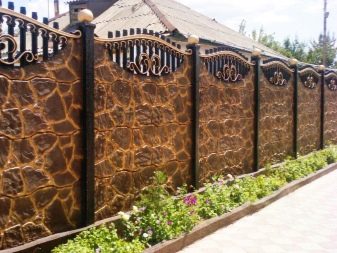
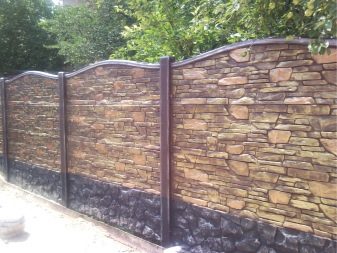
For information on how to properly install a fence post on clay soil, see the next video.



































































The comment was sent successfully.